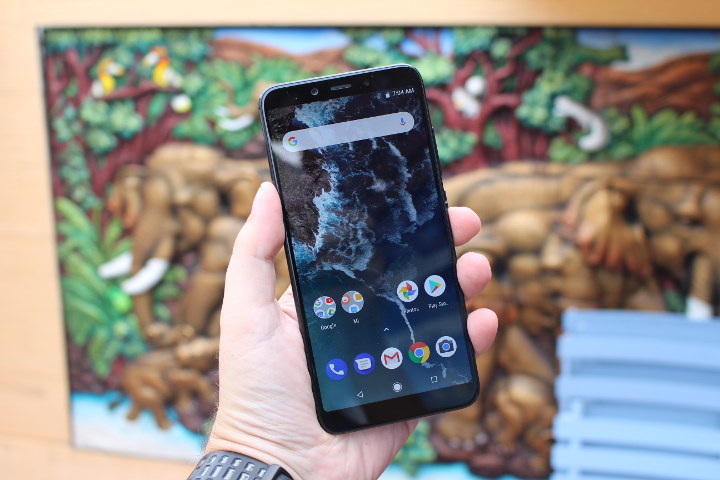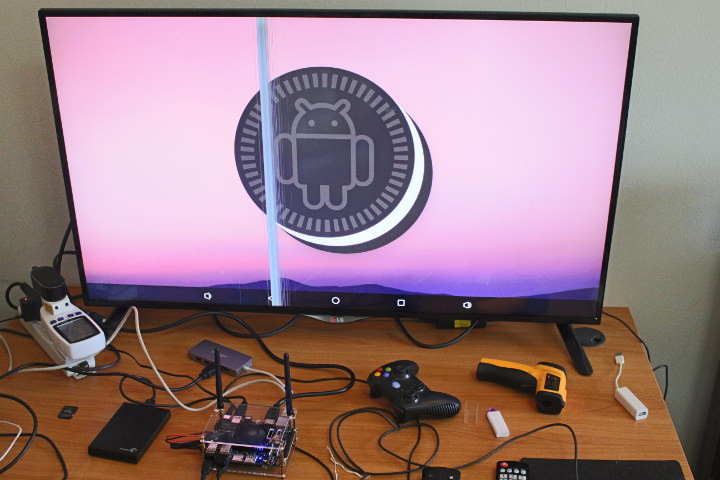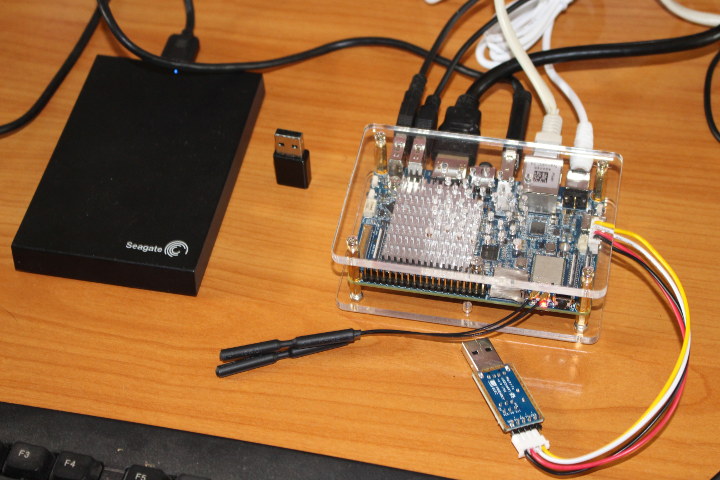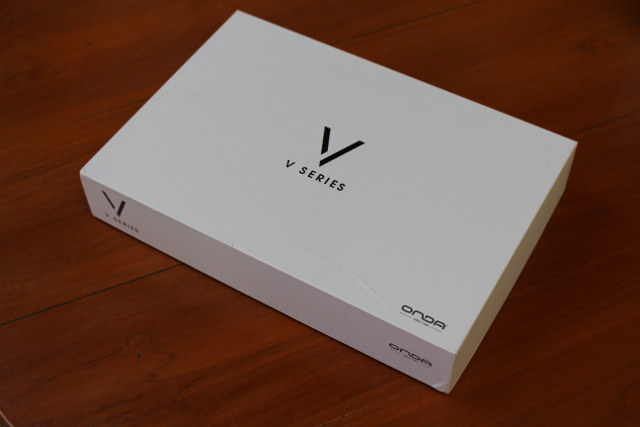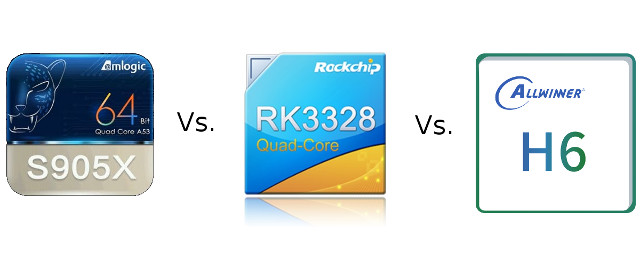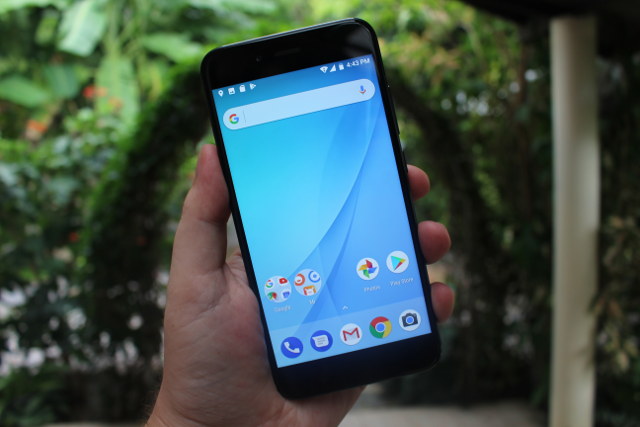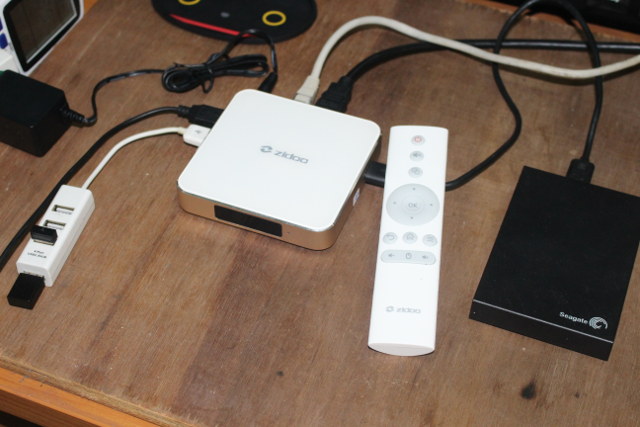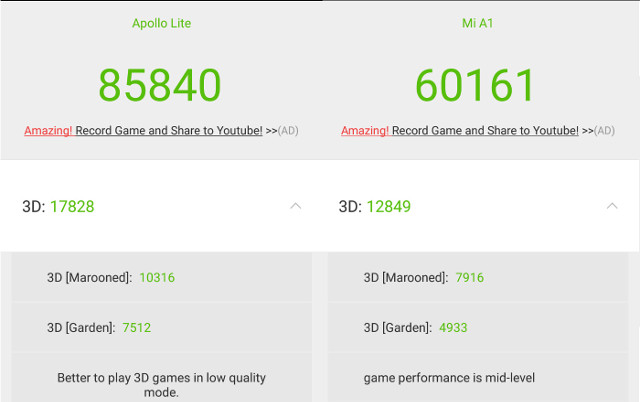I’ve been using Xiaomi Mi A1 smartphone for well over a year, and during my initial review I was quite satisfied with the phone, and over time I was also pleased to receive regular firmware updates (monthly), and even an update to Android 8.0 and 8.1. Eventually, I found out the camera would be work that well in all situation as you can see from photos in that post, and a few months ago, I broken the display during a cycling trip, and eventually the phone basically died after one year due to an issue with the eMMC flash that become unbearably slow. I intend to use it at least for 18 months, since we can expect firmware update during that time frame. But it was not meant to be, and I was due for a new phone. Xiaomi Mi A2 / A2 Lite smartphones were launched in August, and […]
Review of Firefly-RK3399 Board with Android 8.1 Firmware
Last week, I tested Android 7.1 on NanoPC-T4 Rockchip RK3399 SBC, and this week, I’ve given a try at Android 8.1 (Beta) on Firefly-RK3399 Board. Since it’s still a beta version, I’m expecting some issues and we’ll have to see how it performs at this stage of development. Firefly-RK3399 Kit Assembly I had to do some assembly before starting the board. It took me some 30 minutes to complete, so I’ll quickly go through the steps. Beside the default kit, the company also sent me a fansink ($7.9) and an M.2 to SATA board + required cable ($16) which will be part of the assembly instructions. The first step is to peel off the protective films on both sides of the acrylic case. I then fastened my own 2.5″ hard drive with four screws provided in the default kit. I then installed the M.2 to dual SATA adapter board in […]
NanoPC-T4 Review with Android 7.1 Firmware
NanoPC-T4 is one of the many Rockchip RK3399 SBCs now available, and as we’ve seen in the “unboxing review” the company sent me two samples. So far, I’ve been reviewing RK3399 boards with Linux distributions in posts such as “Checking Out Debian and Linux SDK for VideoStrong VS-RD-RK3399 Board” and more recently “AIO-3399J Development Board Review with Ubuntu 16.04“. But in this NanoPC-T4 review, I’ll switch to Android, specifically Android 7.1, as I’ll soon try Android 8.1 on Firefly-RK3399 which might make for an interesting comparison between the two versions of the OS, before switching to Linux with Pine64 RockPro64 board which I received yesterday. First Boot with NanoPC-T4 Development Board I had already assembled the board in the first part of the review, so I just added the two WiFi antennas, the optional USB to serial debug board, and connected various accessories and cables from left to right: USB […]
Onda V18 Pro (Allwinner A63) 2K Tablet Review – Part 1: Unboxing, First Boot, and Antutu 7 Benchmark
Announced last June, Allwinner A63 is the latest tablet SoC from the company, with a quad core Cortex A53 processor and a Mali-T760MP2 GPU capable of driving 2K displays. One of the first tablet to feature the SoC is Onda V18 Pro with a 10.1″ 2560×1600 high resolution display, 3GB RAM, 32 or 64GB internal storage, and the capability to play 4K H.265/H.264/VP9 videos (obviously downscale to the display resolution). I was interested in checking it out, and GearBest sent me a sample of the 32GB flash version. I’ll do a two part review, starting with unboxing, and first boot where I’ll run CPU-Z and Antutu, before publishing the rest of the review in a few weeks once I got to use it more and performed more tests. Onda V18 Pro Unboxing The tablet comes is a white “V-series” box, Onda likely uses for all their VXX tablets.They just differentiate […]
Amlogic S905X vs Rockchip RK3328 vs Allwinner H6 Processors – Benchmarks & Features Comparison
Rockchip, Amlogic, and Allwinner are all battling for the lower and mid-range segments of the TV box market, so it may be interesting to compare their solutions. We won’t look into the ultra low-end market with 32-bit ARM Cortex A7 processor, but instead compare some of the recent quad-core 64-bit ARM Cortex A53 processor for 4K HDR TV box from the company with respectively Amlogic S905X, Rockchip RK3328, and Allwinner H6 SoCs. We’ll compare some of the benchmarks obtained with Android TV boxes, as well as other features like video support, USB, and Ethernet interfaces. S905X vs RK3328 vs H6 Benchmarks Let’s start with results for popular Android benchmarks: Antutu 6.x, Vellamo 3.x, and 3DMark Ice Storm Extreme v1.2 with results obtained from 3 TV boxes: Mini M8S II (Amlogic S905X), A95X R2 (Rockchip RK3328), and Zidoo H6 Pro (Allwinner H6). A score is highlighted in green is there’s a […]
Xiaomi Mi A1 Smartphone Review – Part 2: Android 7.1.2 Firmware
Google recently announced several Android One smartphones, which are supposed to get 2 years of firmware updates, including to the latest version of Android, such as HTC U11 Life and Android One Moto X4. Many of those phones are limited to some specific countries, but Xiaomi Mi A1 will be launched in over 40 countries, and thanks to Chinese online shops is really available worldwide. GearBest sent me the latter last month, and in the first part of Xiaomi Mi A1 review I simply went through unboxing, booted the phone, perform an OTA update, and ran Antutu 6.x on the phone for a quick estimate of performance. Since then, I’ve had around four weeks to play with the smartphone running Android 7.1.2 (still), so I’m ready to report my experience in the second part of the review. General Impressions In the past year, I used Vernee Apollo Lite smartphone powered […]
Zidoo H6 Pro (Allwinner H6) TV Box Review – Part 2: Android 7.0 Firmware
Zidoo H6 Pro is the very first Allwinner H6 based 4K TV box. The Android 7.0 device support H.265, H.264 and VP6 4K video decoding, comes with fast interfaces such as USB 3.0, and network connectivity with Gigabit Ethernet and 802.11ac WiFi. I’ve already checkout the hardware in the first part of the review entitled “Zidoo H6 Pro (Allwinner H6) TV Box Review – Part 1: Unboxing & Teardown“, and since then, I’ve had time to play with the TV box, and report my experience with Android 7.0 in this second part of the review. First Boot and OTA Firmware Update I’ve connected a USB keyboard and a USB dongle with RF dongles for an air mouse and gamepad on the two USB ports, a USB 3.0 hard drive to the single USB 3.0 ports, as well as HDMI and Ethernet cables before powering up the TV box. I also […]
Mediatek Helio X20 vs Qualcomm Snapdragon 625 – 3D Graphics Benchmarks and CSR2 Game
I’ve been using Vernee Apollo Lite smartphone with a Mediatek Helio X20 deca-core ARM Cortex A72/A53 processor coupled with an ARM for a little over a year. Recently, I’ve received Xiaomi Mi A1 smartphone for a Qualcomm Snapdragon 625 SoC featuring eight ARM Cortex A53 cores and an Adreno 506 GPU. In theory, the latter is a downgrade, and the Xiaomi phone is indeed quite slower in Antutu with overall score of 60,161 points against 85,840 points in the Mediatek phone. 3D graphics performance is also lower with 12,849 vs 17,828 points. Both smartphone have the same resolution (1920×1080), so it’s a little confusing to be told you’d “better to play games in low quality mode” for the Mediatek phone, and “game performance is mid-level” for the Snapdragon one. But anyway Helio 20 should work better in 3D games than Snapdragon 625 if we are to believe the numbers. Most […]


